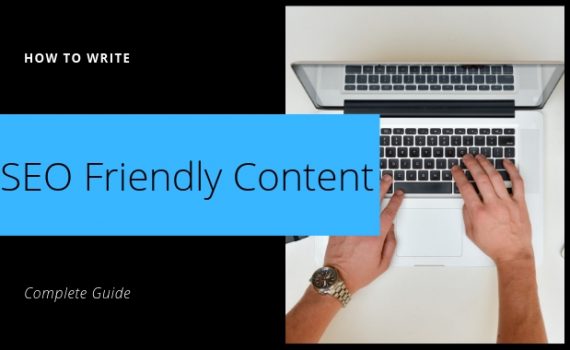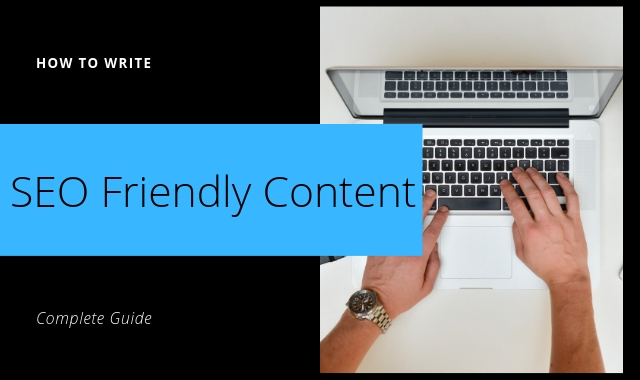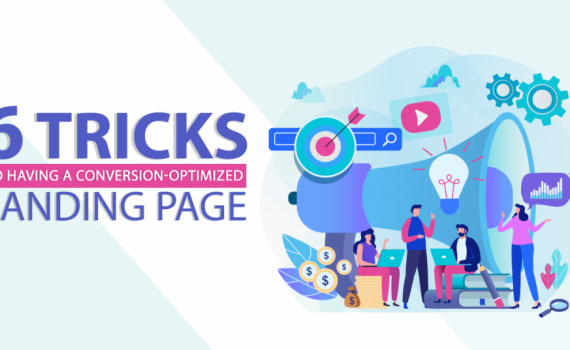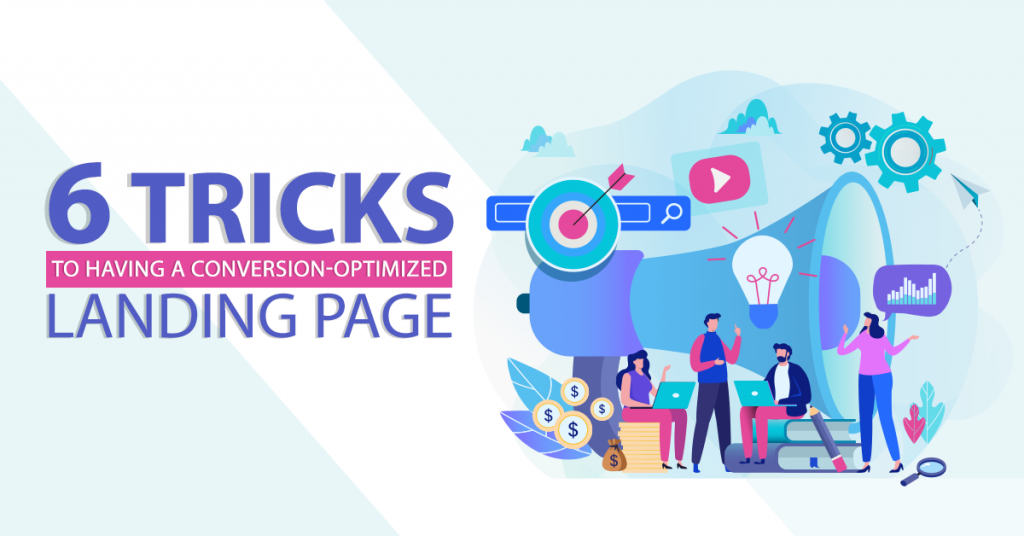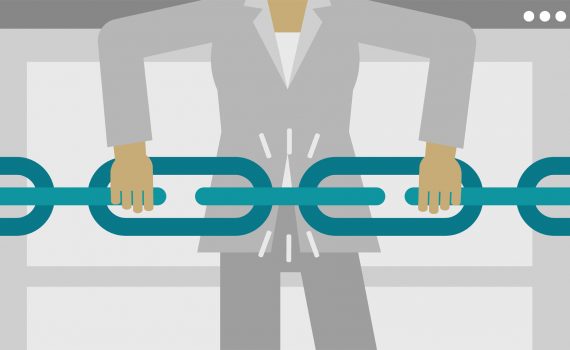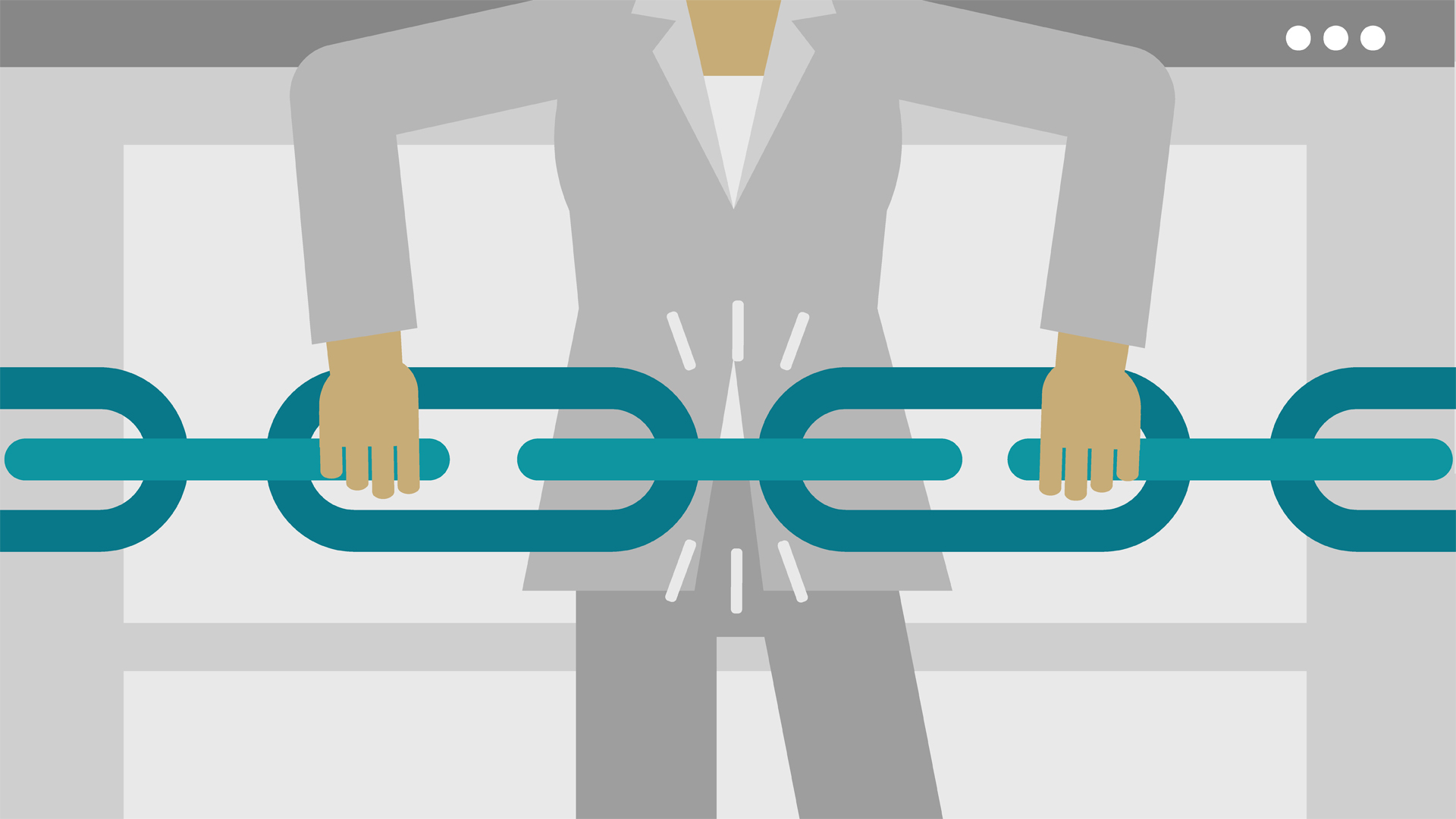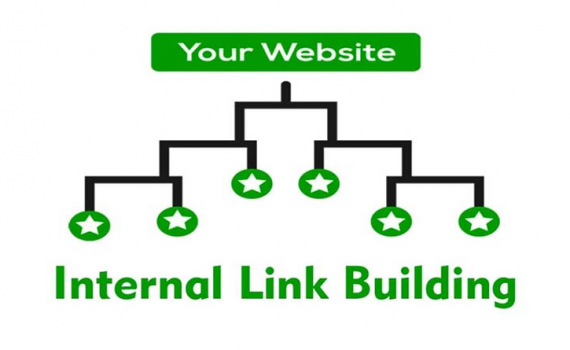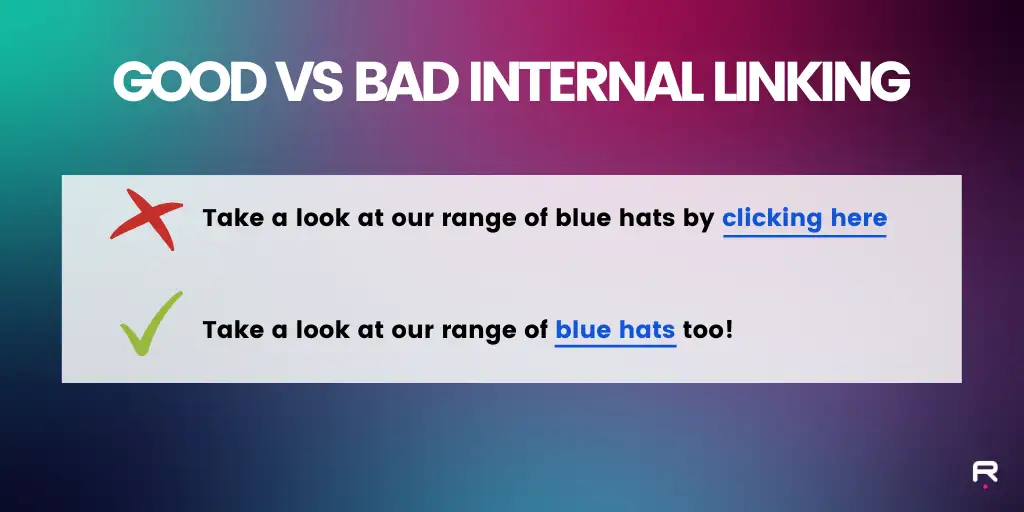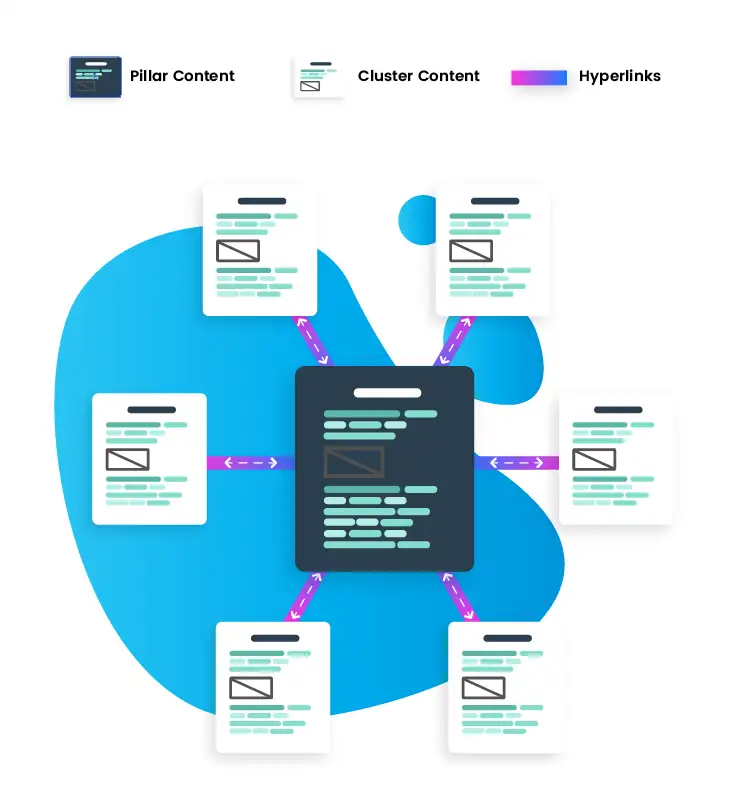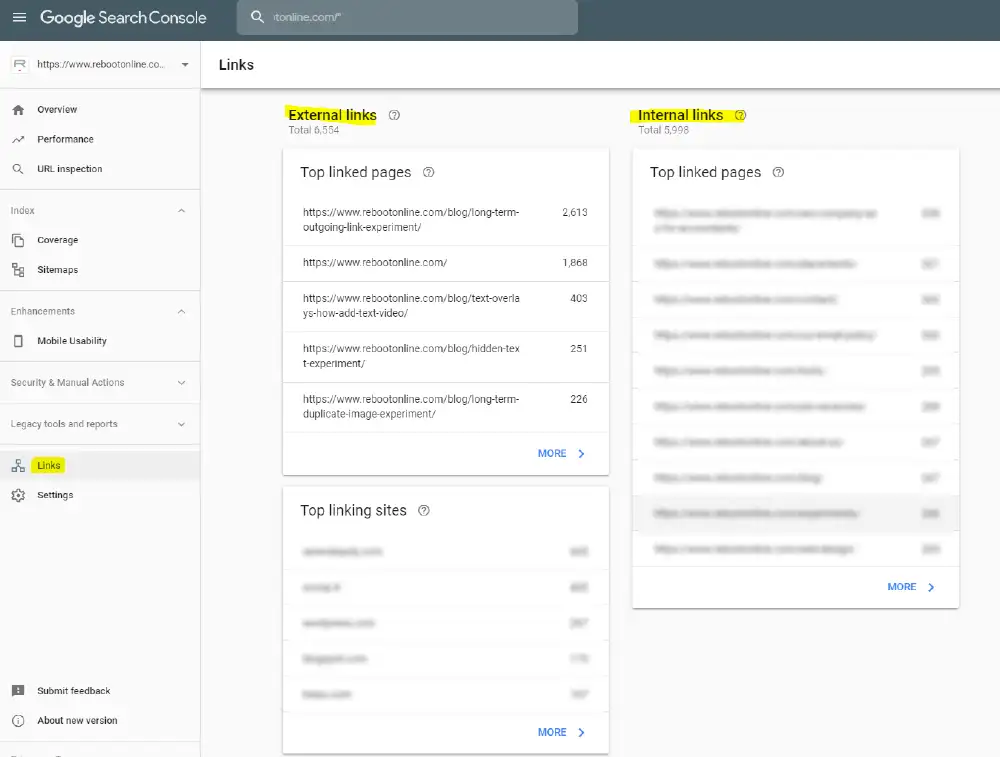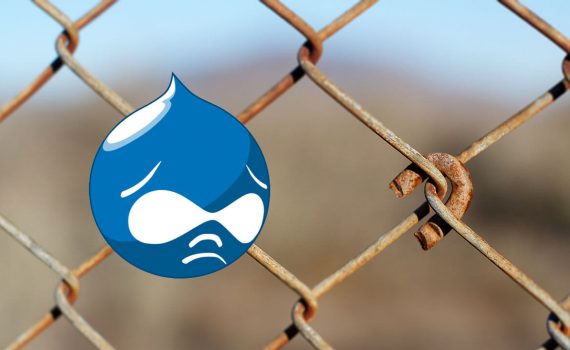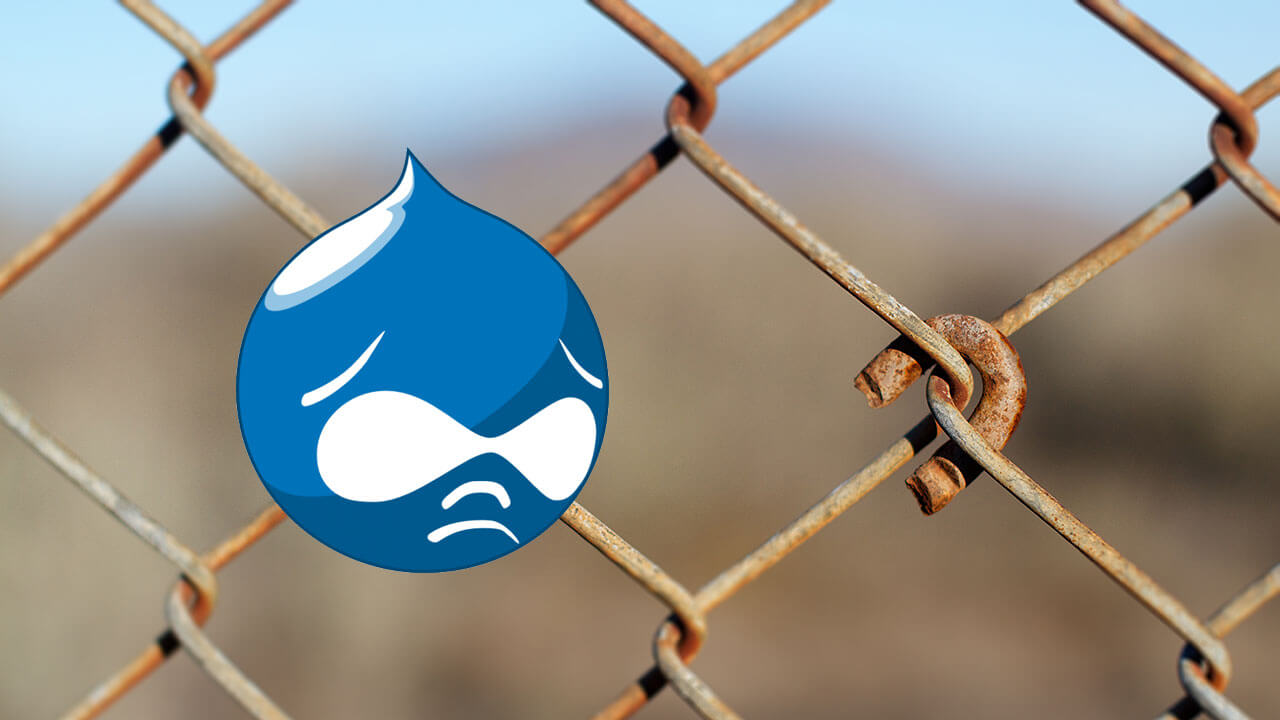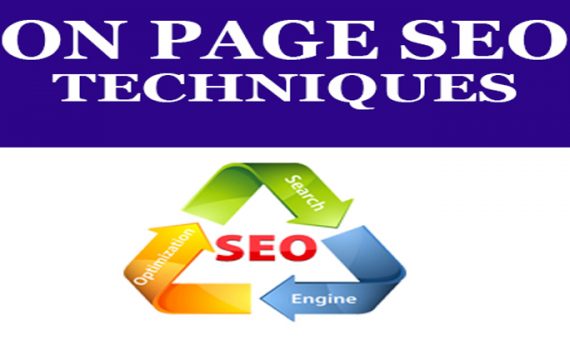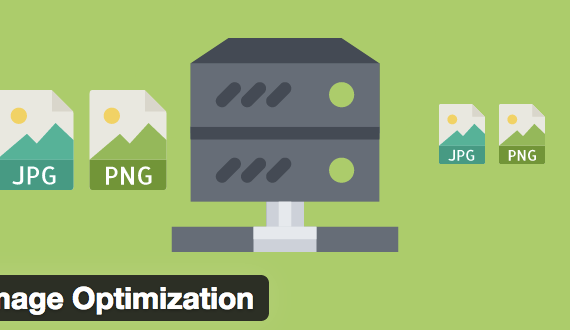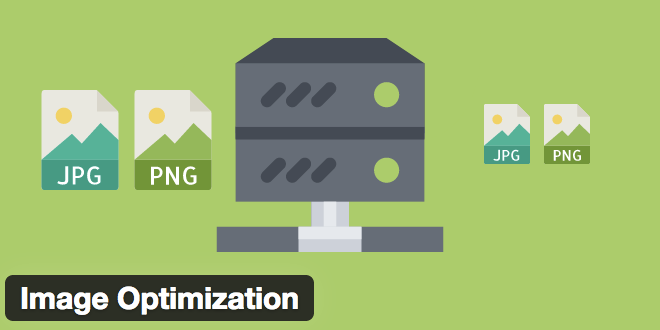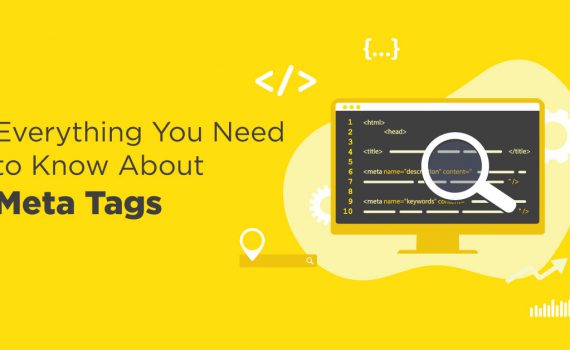
How to Optimize Your Meta Tags for Maximum Search Visibility
Category : On-page SEO
Meta tags play a pivotal role in on-page SEO, influencing how search engines and users perceive your web pages. Properly optimized meta tags can enhance your search visibility, attract more clicks, and improve your website’s overall performance. In this guide, we’ll delve into the different types of meta tags, best practices for optimization, and strategies to maximize their effectiveness.
Meta tags are HTML elements that provide information about a web page to search engines and browsers. While they don’t directly impact search rankings, they play a crucial role in how your page is displayed in search results and how users interact with your content.
Types of Meta Tags
1.Title Tag
The title tag is one of the most critical meta tags for SEO. It appears as the clickable headline in search engine results and browser tabs. An optimized title tag can significantly impact your click-through rates (CTR) and search visibility.
2.Meta Description
The meta description is a brief summary of a web page’s content that appears below the title tag in search results. Although it doesn’t directly affect rankings, a compelling meta description can influence user behavior and improve CTR.
3.Meta Robots
The meta robots tag provides directives to search engine crawlers about how to index a page and follow links. This tag can be used to control indexing and crawling behavior.
4.Meta Keywords (Less Relevant)
Historically, meta keywords were used to list relevant keywords for a page. However, most modern search engines no longer consider this tag for ranking purposes, so its importance has diminished.
5.Meta Author
The meta author tag specifies the author of the content on a page. While not a direct ranking factor, it can enhance credibility and provide additional context.
6.Meta Charset
The meta charset tag defines the character encoding for the web page. Ensuring the correct encoding helps with proper rendering of text and characters.
Best Practices for Optimizing Meta Tags
1.Crafting Effective Title Tags
Incorporate Primary Keywords: Place your primary keywords near the beginning of the title tag. This helps search engines understand the page’s focus and improves relevance.
Keep It Concise: Aim for a title tag length between 50-60 characters. Longer titles may get truncated in search results, affecting readability.
Make It Unique: Each page on your site should have a unique title tag that accurately reflects its content. Avoid duplicating titles across multiple pages.
Add Branding: Including your brand name at the end of the title tag can help build brand recognition and trust. For example, “Best SEO Tips – YourBrand.”
2. Writing Compelling Meta Descriptions
Summarize Content Clearly: Craft a meta description that succinctly summarizes the page’s content and provides a clear value proposition. Aim for 150-160 characters to ensure the description isn’t cut off in search results.
Include Keywords Naturally: Incorporate relevant keywords in the meta description to improve relevance and match user search queries. However, avoid keyword stuffing.
Use a Call to Action (CTA): Encourage users to take action with phrases like “Learn more,” “Discover,” or “Get started.” A compelling CTA can boost CTR.
Match User Intent: Ensure your meta description aligns with the content on the page and addresses the user’s search intent. Misleading descriptions can lead to higher bounce rates.
3. Utilizing Meta Robots Tags
Index vs. Noindex: Use the “index” directive to allow search engines to index a page and the “noindex” directive to prevent indexing. This is useful for pages you don’t want to appear in search results, like thank-you pages.
Follow vs. Nofollow: The “follow” directive allows search engines to follow links on the page, while “nofollow” prevents link crawling. Use “nofollow” for pages with untrusted or irrelevant links.
Noarchive: The “noarchive” directive prevents search engines from displaying cached versions of your page in search results.
Noodp: The “noodp” directive prevents search engines from using information from the Open Directory Project (DMOZ) in the search results snippet.
4. Meta Keywords Tag (Historical Context)
Historical Use: While meta keywords were once used for SEO, most search engines no longer consider them for ranking. Focus on other meta tags and on-page SEO elements for better results.
5. Meta Author and Charset Tags
Meta Author: Use the meta author tag to specify the content creator. While not a ranking factor, it adds credibility and can enhance user trust.
Meta Charset: Ensure you specify the correct character encoding with the meta charset tag. The most common encoding is UTF-8, which supports a wide range of characters and symbols.
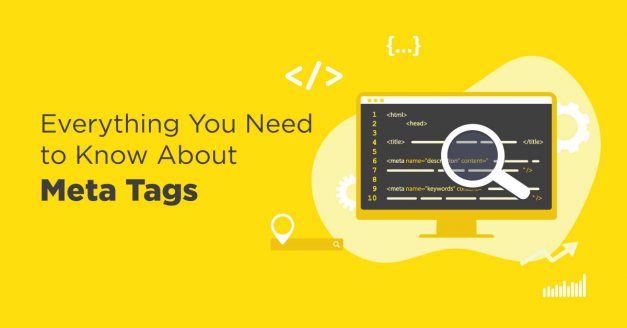
Improving website SEO by optimizing meta tags for search engines
Advanced Strategies for Meta Tag Optimization
1. Dynamic Meta Tags
Dynamic Title Tags: Implement dynamic title tags using server-side scripting or content management systems (CMS) to automatically generate unique titles based on page content or user data.
Dynamic Meta Descriptions: Similarly, use dynamic meta descriptions to tailor summaries based on page content or user behavior. This can improve relevance and engagement.
2. A/B Testing Meta Tags
Test Variations: Conduct A/B testing to compare different versions of title tags and meta descriptions. Analyze performance metrics such as CTR and conversion rates to determine which variations perform best.
Optimize Based on Data: Use the insights from A/B testing to refine and optimize your meta tags for improved search visibility and user engagement.
3. Structured Data Integration
Schema Markup: Incorporate structured data (schema markup) to provide additional context to search engines about your content. This can enhance search visibility and improve how your pages appear in search results, such as with rich snippets.
4. Monitor and Update Meta Tags
Regular Reviews: Periodically review and update meta tags to reflect changes in content, keywords, and search trends. Staying current ensures your meta tags remain relevant and effective.
Monitor Performance: Use tools like Google Search Console and Google Analytics to track the performance of your meta tags. Analyze data to identify areas for improvement and make data-driven adjustments.
Common Mistakes to Avoid
Keyword Stuffing: Avoid overloading title tags and meta descriptions with keywords. Focus on creating natural, engaging content that accurately represents the page.
Duplicate Tags: Ensure each page has unique meta tags. Duplicate titles or descriptions can confuse search engines and reduce the effectiveness of your optimization efforts.
Ignoring Mobile Users: Consider how meta tags appear on mobile devices. With increasing mobile search traffic, ensure your meta tags are optimized for mobile users and display effectively on smaller screens.
Wrapping it up
Optimizing meta tags is a critical aspect of on-page SEO that can significantly impact your search visibility and user engagement. By crafting effective title tags, writing compelling meta descriptions, and utilizing meta robots tags strategically, you can enhance your website’s performance and attract more relevant traffic. Implement advanced strategies like dynamic meta tags, A/B testing, and structured data integration to further optimize your meta tags and stay ahead in the competitive search landscape. Regularly monitor and update your meta tags to ensure they remain effective and aligned with your SEO goals.




